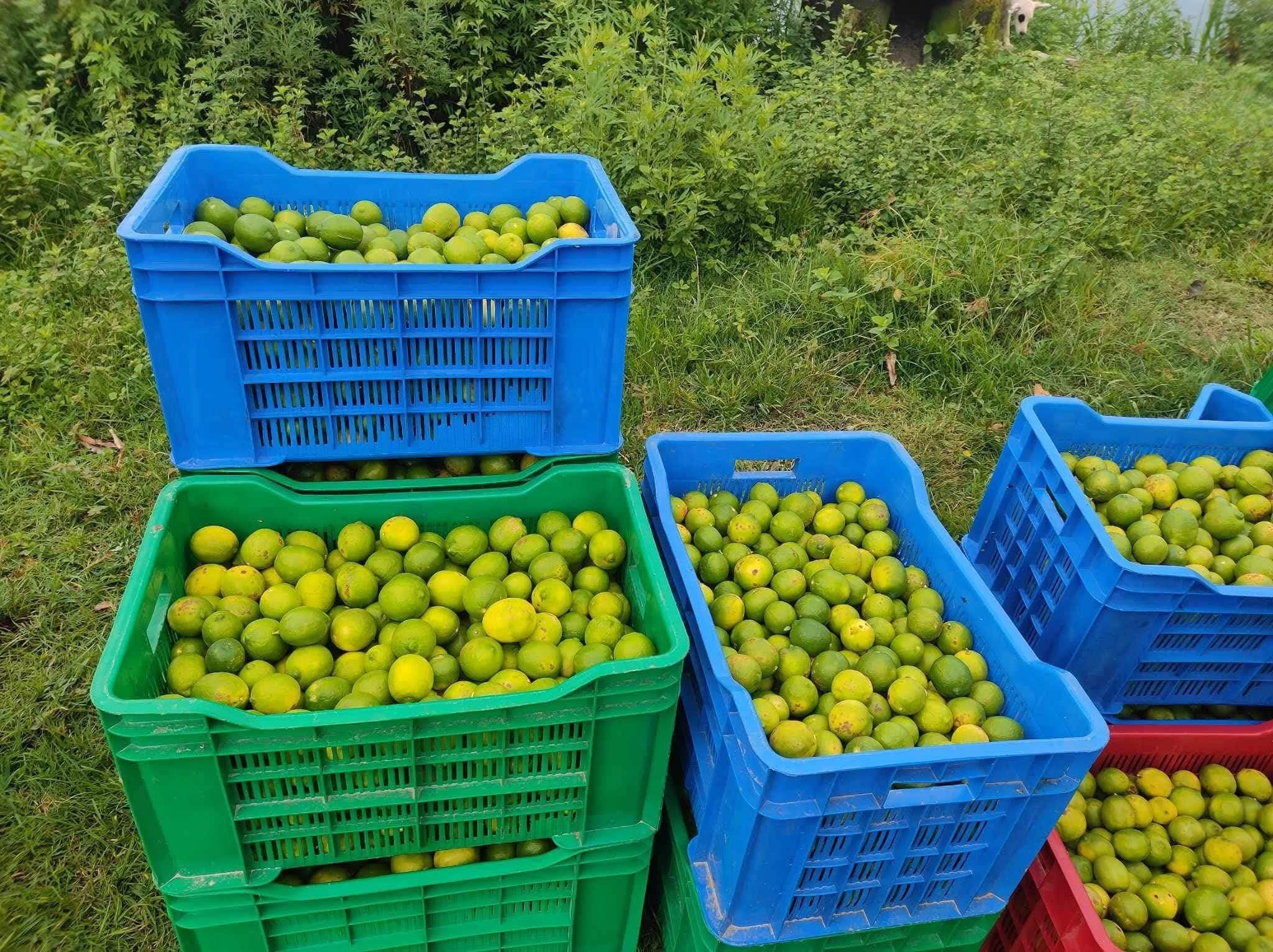Kathmandu, July 19, 2025
Despite increasing domestic lemon production, Nepali farmers continue to face harsh market realities, with limited support, poor pricing, and systemic barriers hindering the sale of local produce. A recent case involving a lemon farmer from Devghat, Tanahun, highlights the pressing need to restructure Nepal’s agricultural market systems.
Early one morning last week, Manish Thakuri, a young farmer from Devghat, reached out for help. His lemon orchard had begun yielding, and he hoped for assistance in selling his fresh produce. Responding promptly, outreach efforts were made through agricultural networks like Krishi Press, along with personal connections to potential buyers, including pickle manufacturers and small-scale retailers.
While calls came in from across Nepal, they were mostly for small quantities-just two to four kilos-and often from distant locations, making transportation and logistics unviable. Eventually, Thakuri was encouraged to bring his produce to Kathmandu for broader market access.
However, the capital city offered no better prospects. At a time when Indian lemons retail at up to NPR 200 per kilo in Kathmandu markets, local wholesale buyers were only willing to pay NPR 60 per kilo for Nepali lemons. After much effort and small batch sales, Thakuri managed to sell his produce at an average of NPR 90 per kilo-barely enough to cover costs, let alone ensure a sustainable return.
“It’s extremely difficult,” Thakuri shared. “Even if you manage to grow the produce, marketing it is a nightmare. When you do sell it, it’s as if local products are worth nothing.”
This case underscores a recurring problem in Nepal’s agricultural economy: a deeply embedded trade structure that favors imports while marginalizing domestic production. Nepal imports over NPR 1 billion worth of lemons annually. Yet, when local farmers attempt to supply the same commodity, they face disinterest, price suppression, and logistical neglect.
Experts point to a lack of effective government procurement policies, limited cold chain infrastructure, absence of farmer cooperatives with market power, and a dominance of intermediaries that keep prices low at the farmgate while inflating consumer prices in cities.
“This is not just a problem of one farmer. It is systemic,” said an agricultural development observer. “We need interventions that prioritize local production through policy incentives, fair pricing mechanisms, and infrastructure that brings farmers closer to consumers.”
Until such reforms are implemented, stories like Thakuri’s will continue to unfold-stories where the hands that grow our food are left struggling while imported alternatives thrive in the same markets.
For more stories on sustainable agriculture, rural resilience, and local food systems, follow Ecosphere News.